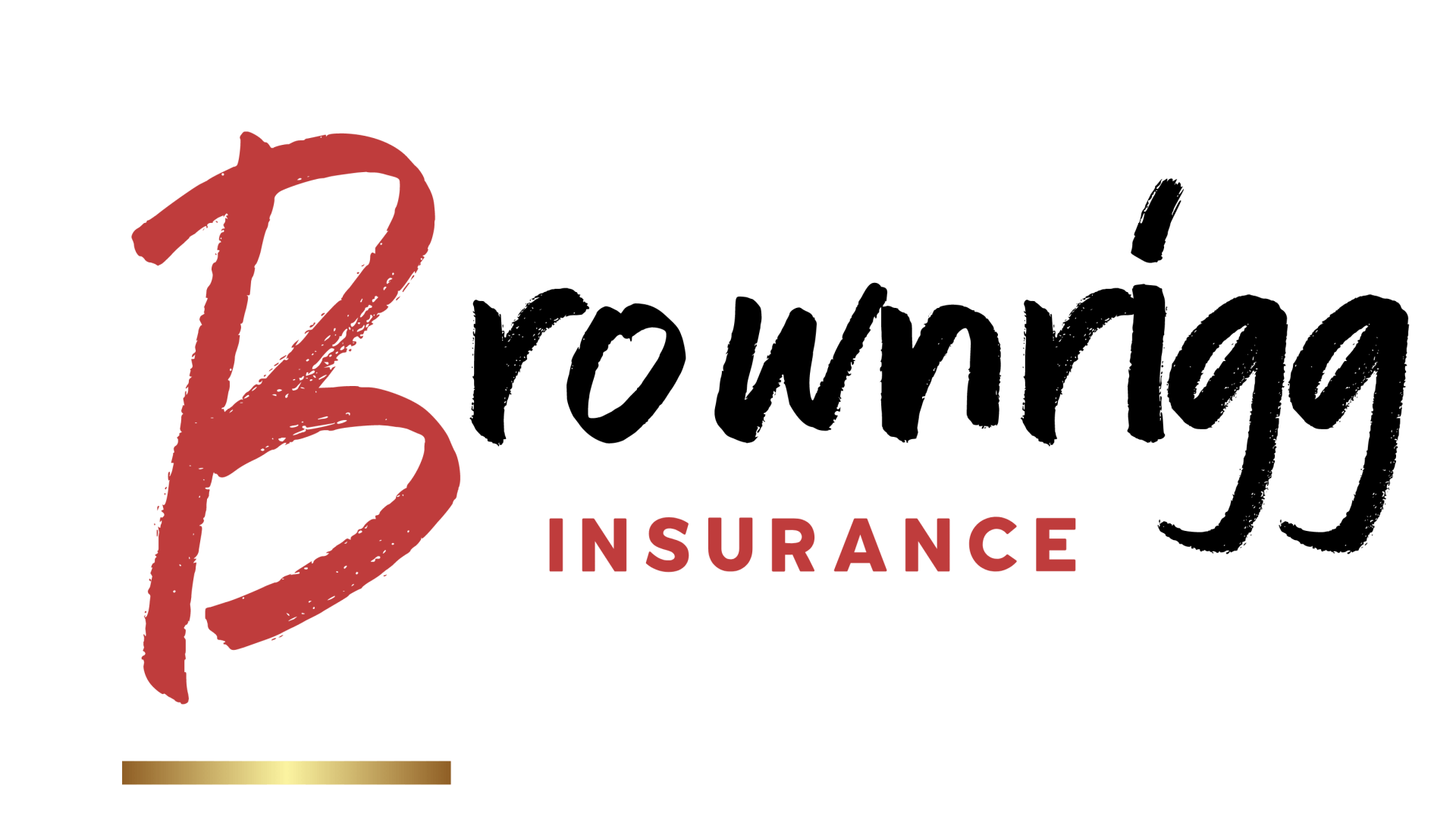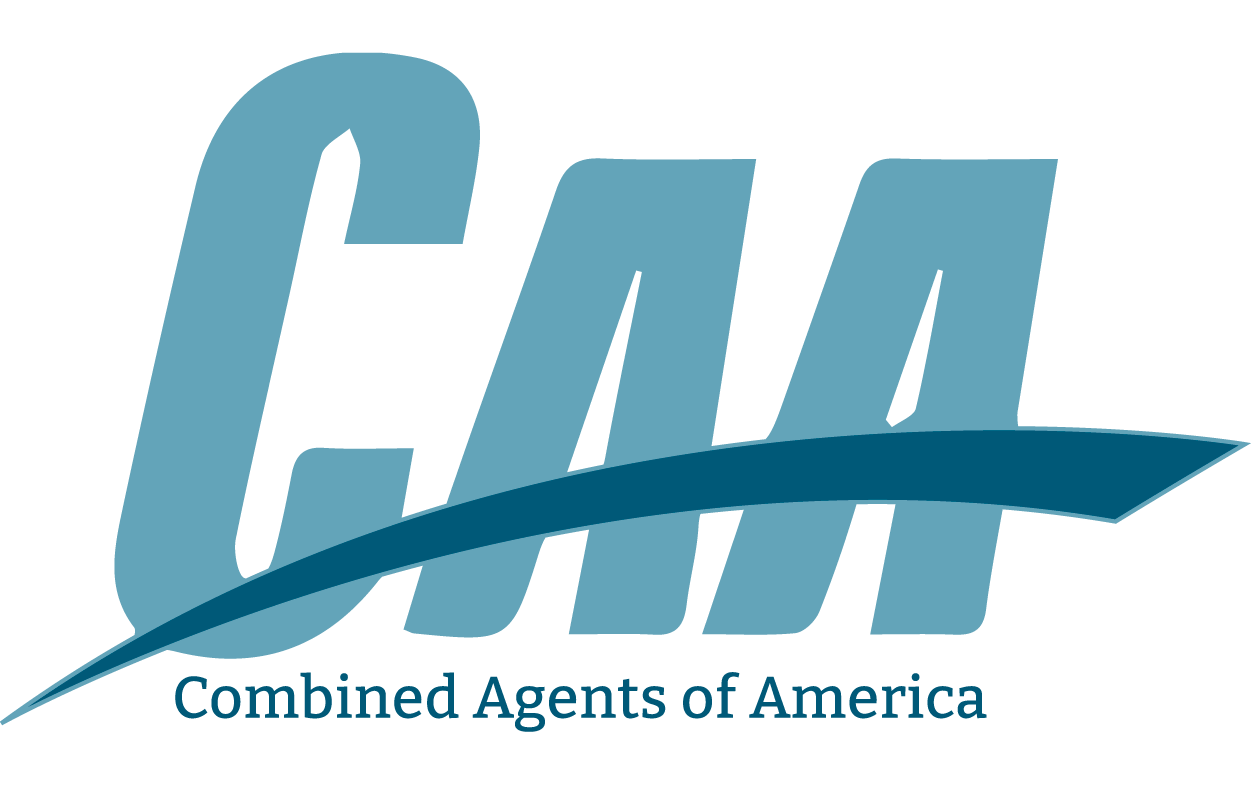Winter Maintenance Tips That Can Lower Your Insurance Risk
Winter brings a unique set of challenges for homeowners, drivers, and business owners. Cold temperatures, frozen pipes, and slippery surfaces can lead to expensive claims. Taking a proactive approach to winter maintenance can help protect your property, reduce hazards, and keep your insurance costs under control. These practical tips focus on minimizing risk and safeguarding the coverage you rely on.
Inspect Your Heating System
Before harsh weather arrives, schedule a professional inspection of your HVAC system or furnace. Clean filters and proper airflow help prevent overheating and reduce fire risks. Insurance companies often look favorably on documented maintenance because it shows you are actively preventing avoidable damage.
Protect Pipes from Freezing
Frozen pipes can burst, causing thousands of dollars in water damage. Use insulation sleeves on exposed pipes and allow faucets near exterior walls to drip during temperature drops. Keep your home at a consistent temperature, even if you are away. These small steps help prevent costly claims and protect your property.
Clean Gutters and Downspouts
Clogged gutters can cause ice dams. Ice dams trap melting water on your roof, causing leaks that may damage ceilings and walls. Clearing leaves and debris reduces the risk of water intrusion and structural damage. This is an easy maintenance task that lowers your chances of filing winter-related homeowners' insurance claims.
Check the Roof for Damage
Inspect your roof for missing shingles or soft spots. Fixing minor issues early helps prevent major winter damage. Heavy snow and ice buildup can worsen existing roof problems, which can lead to leaks and structural issues. A solid roof protects your home and reduces long-term risk.
Improve Traction Around Your Property
Snow and ice increase the risk of slips and falls. Apply ice melt or salt to sidewalks, driveways, and entryways. Ensure exterior lights are working so visitors can see uneven surfaces. Liability claims often rise in winter, which means prevention is key for homeowners and business owners.
Seal Windows and Doors
Drafty windows allow cold air in and moisture around frames. Use weather stripping or caulking to stop airflow and prevent excessive condensation. Reducing drafts helps keep the interior of your home warm and reduces strain on your heating system.
Service Your Vehicle
Winter driving requires preparation. Check tires for tread depth, inspect brakes, and ensure your battery is in good condition. Keep an emergency kit in your vehicle and maintain proper tire pressure. Safer driving conditions reduce the likelihood of an auto insurance claim and help protect you and your passengers.
Trim Overhanging Branches
Snow and ice can weigh down tree limbs, causing them to break. Overhanging branches can fall on roofs, vehicles, or walkways. Regular trimming reduces property damage and liability risks during winter storms.
Review Your Insurance Coverage
Winter is a good time to review your homeowners insurance, auto insurance, and liability protection. Make sure your coverage reflects your current property value and risk level. Consider supplemental coverage if you live in an area with frequent winter weather events.
Final Thoughts
Taking these winter maintenance steps protects your home, vehicle, and safety while lowering the chance of expensive insurance claims. Consistent upkeep shows responsible homeownership and strengthens your position with insurers. If you want help reviewing your coverage or making sure you are prepared for winter risks, talk with a local insurance advisor who understands seasonal challenges in your area.







